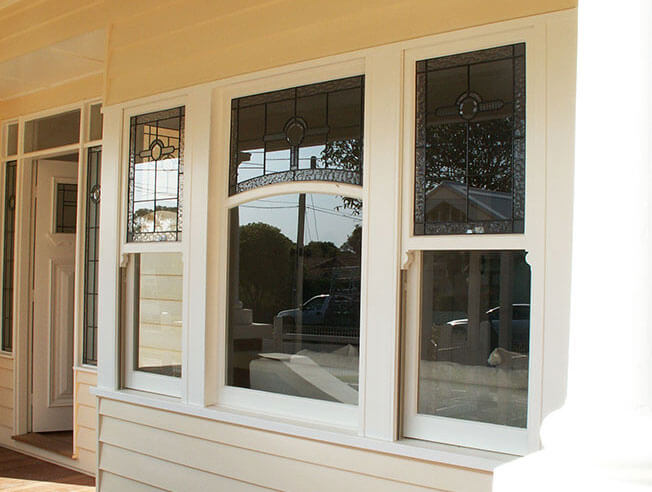All Categories
Featured
Table of Contents
Guide To Double Glazing – Functional And Energy Efficient in Mount Claremont WA
Laminated glass is frequently used in locations in the home most prone to injury from human effect such as restrooms, doors, around staircases and in locations close to the flooring (it satisfies the requirements of 'security glass' that is mandated for usage in these areas by Australian Basic AS 1288 Glass in structures).
Toughened glass has actually been 'tempered' by being reheated and quickly cooled again. This process makes it much more powerful than basic glass it can withstand greater effect loads before breaking. It likewise makes it much safer because, when it does shatter, it gets into many small cubic pieces instead of harmful shards.
What Are The Best Double Glazed Windows In Australia? in Palmyra WA
Toughened glass has no thermal or acoustic benefits over other glass of the same toning or density. Secondary glazing is where single-glazed windows are retrofitted with a transparent acrylic or glass sheet connected to the within of the frame or openable sash with a secondary frame or with magnetic strips.


Secondary glazing will not perform as well thermally as a produced IGU, since it is impossible to absolutely seal the border, but it can provide excellent sound control. Window films are a thin polymer movie containing a soaking up color or reflective metal layer, with an adhesive backing. They stay with your glazing to change its colour or make it reflective.
Stay Cool This Summer With Double Glazed Windows - Aaa Glass in Bedford Western Australia
Applied to existing glass, some window movies can cut in half the general SHGC of the window by absorbing and/or showing solar radiation. This can be particularly useful in hotter climates where cooling is the main issue, or on east and west elevations straight exposed to extended periods of sunshine. Nevertheless, window movies may also reduce visible light transmittance.

For this reason, it is usually best to use a certified installer of window movie. Frames have a substantial effect on the thermal efficiency of windows and doors, due to the fact that energy can be gotten and lost through the frame, as well as through the glass. Different types of frame will permit various levels of heat gain and loss, so careful option of frame is very important for reliable passive style.
Why Double-glazed Windows Are A Must in Booragoon Perth
Aluminium is also a really excellent conductor of heat and will decrease the insulating worth of a glazing system, unless specifically engineered to decrease this. A 'thermally broken' frame is made up of 2 aluminium sections connected by a structural insulator (normally a low-conductivity structural polymer). This 'breaks' the thermal connection through the aluminium and minimizes the heat flowing through the frame.
Lumber frames are an excellent natural insulator that can fit some home designs. Timber frames need to be made from species that have naturally high durability or be treated to prevent decay and deformation.
Double Glazing in Gooseberry Hill Western Australia
(weather removing) is installed.
u, PVC doors and windows have exceptional thermal performance Image: Ben Wrigley (Light Home Architecture and Science) Composite frames use aluminium profiles on the outer sections with either a wood or u, PVC inner area. These combine the low maintenance and sturdiness of aluminium with much improved thermal performance.
Latest Posts
Double Glazed Windows: A Complete Guide in Kelmscott WA
How Does Double Glazing Keep Heat Out? in Lathlain Western Australia
A Complete Guide To Double Glazed Windows in Wembley Downs WA